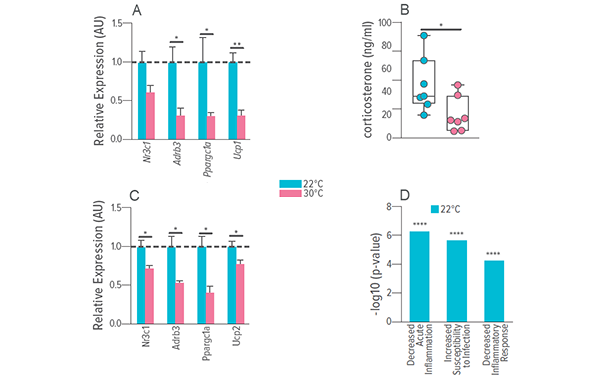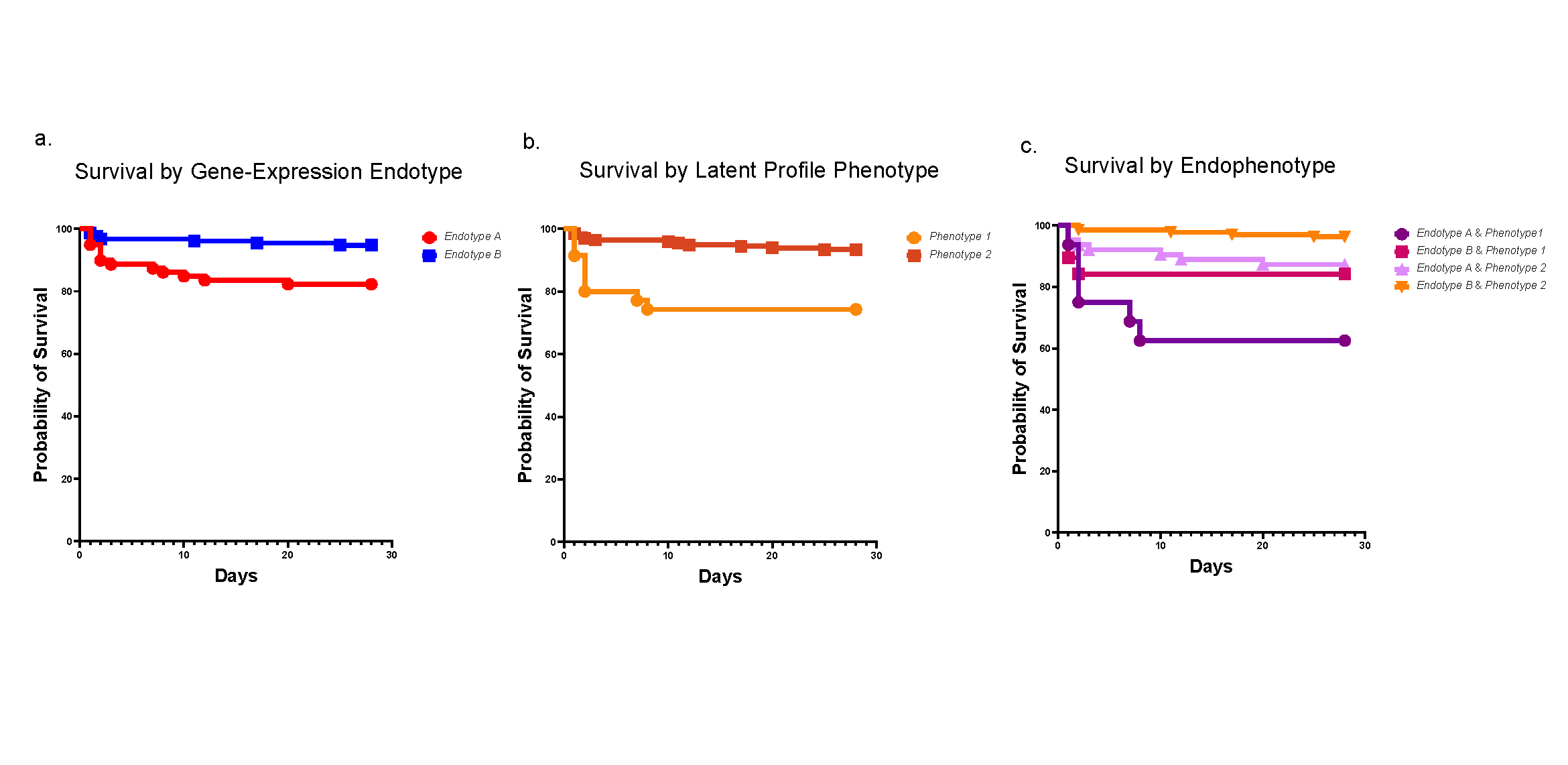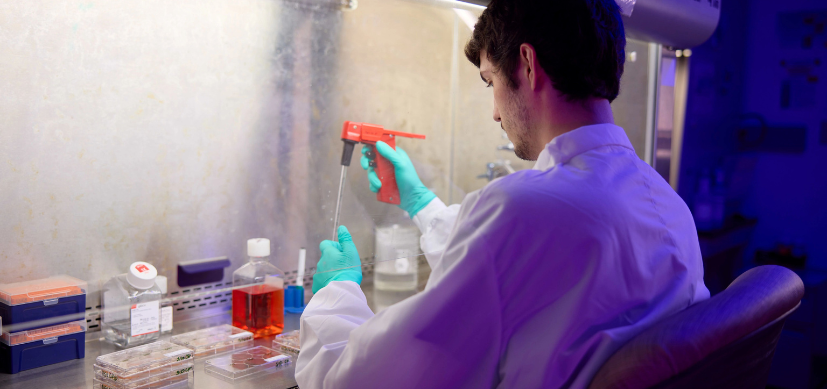‘Thermoneutral’ Mouse Model Opens Doors for Obesity Research
Research By: Senad Divanovic, PhD
Post Date: July 3, 2019 | Publish Date: July 2017

“By housing mice in a thermoneutral environment, we can observe much more human-like disease development and progression.”
One key to unlocking the mysteries of nonalcoholic fatty liver disease (NAFLD)—and possibly other metabolic conditions—may be a warmer mouse.
That’s the provocative finding published in Nature Medicine by a research team led by Senad Divanovic, PhD, Division of Immunobiology.
NAFLD is the world’s most common chronic liver disease, the primary underlying cause for liver transplants in children and adults, and a major risk factor in atherosclerosis. Obesity often causes the condition.
However, a lack of mouse models that accurately mimic how humans experience NAFLD has slowed the hunt for more effective therapies. Current mouse models do not exhibit the full range of responses to obesity-inducing efforts, and the only ones that provide even limited research value are male.
“In humans, both men and women become obese and develop fatty liver disease. However, female mice are resistant to obesity when housed at temperatures humans prefer,” Divanovic says.

For years, nearly all research mice have been housed at temperatures that feel relatively comfortable for men and women wearing scrubs, gowns, masks and shoe covers—about 22°C or 72°F. But mice generally prefer a warmer environment—30°C or 86°F.
TEMPERATURE MAKES A DIFFERENCE
This often-overlooked variable can be enough to change metabolic rates and immune responses in mice, as well as other factors.
“By housing mice in a thermoneutral environment, we can observe much more human-like disease development and progression,” Divanovic says. “The disease itself is more robust. We can see fibrosis in the liver and the development of certain immune cells and markers that are present in human disease but often are not observed in mouse models.”
“By housing mice in a thermoneutral environment, we can observe much more human-like disease development and progression.”
Investigators also see human-like responses in the intestinal microbiome that have not been observed in mice housed at cooler temperatures. Meanwhile, for the first time, researchers can induce obesity and NAFLD in female mice, which will finally allow deeper analysis of hormonal factors that may affect the condition as well as the multi-generational effects of maternal obesity.
Results reported in the study included lower stress-driven corticosterone production among the warmer mice, augmented proinflammatory immune responses, markedly exacerbated high-fat diet pathogenesis, depletion of Gram-negative microbiota, hematopoietic cell deletion of Toll-like receptor 4 (TLR4), and inactivation of the interleukin-17 (IL-17) axis.

Divanovic and colleagues have presented these findings to curious scientists in multiple settings, including lectures in Germany, Atlanta, Vanderbilt University and the University of California San Diego.
These new metabolic and immunologic findings add to other studies conducted at Cincinnati Children’s and elsewhere that have reported housing temperature effects on mouse models for atherosclerosis, infectious disease and certain forms of cancer.
SHOULD ALL MICE HAVE WARMER HOUSING?
Ideally, yes, Divanovic says. But given the practical limitations, it may not always be necessary.
Studying the effects of housing temperature required devoting a separate room to the project. The warmer room is less comfortable for the people doing experiments and created higher energy demands.
“In cases where scientists already are getting good results from their mouse models, there is no need to switch to thermoneutral housing,” Divanovic says. “However, what this study suggests is that if you have a model that is not displaying the pathology seen in humans, or is not producing good response to therapies, it might be worth trying to house the animals in a more physiologically relevant environment.”
It remains to be seen how many studies of other disease states may benefit from thermoneutral housing—but Divanovic suggests an opportunity. Currently, rats play a major role in late-stage, pre-clinical drug testing in part because mice have been poor models for this purpose. If mice housed in warmer conditions can produce equivalent results, using them could be more cost-effective.
View the entire 2018 Research Annual Report
| Original title: | Thermoneutral housing exacerbates nonalcoholic fatty liver disease in mice and allows for sex-independent disease modeling |
| Published in: | Nature Medicine |
| Publish date: | July 2017 |
Research By





